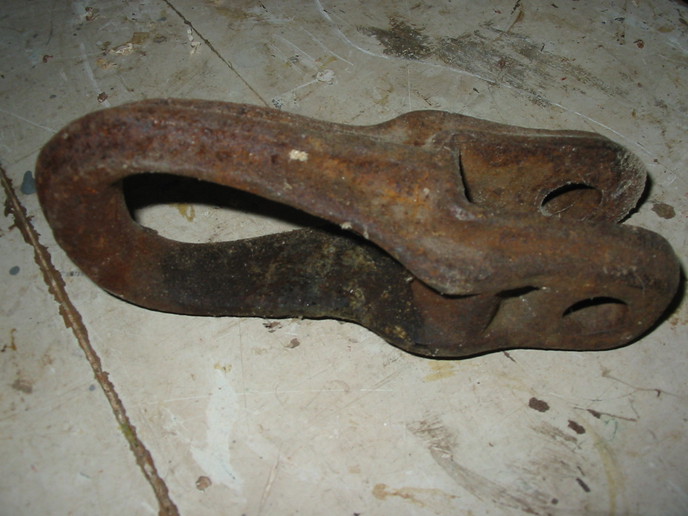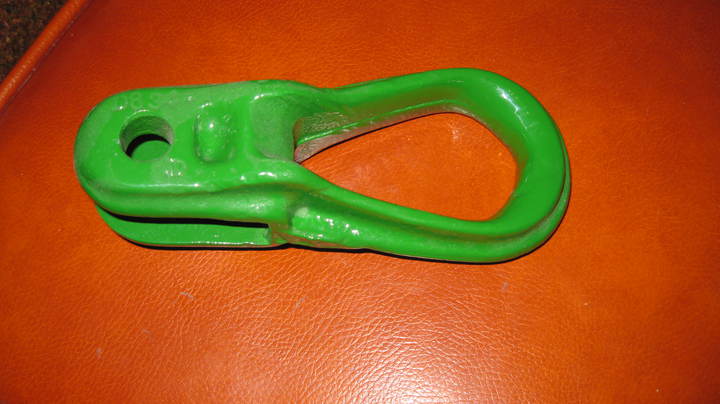buickanddeere
Well-known Member
Just located, purchased and returned to my Father. His 1958 JD model 555H 4x14" spring trip standard plough.
It"s been treated well and stored in a shed. Going over minor wear items but nothing broken.
After a little searching we found in a shed the original "Combination Steel Jointers" that had been removed from the plough in the early 1960"s when they kept dragging corn stalks.
3 of 4 of the D 659 A and B 528 A Jointer Clamps and Clamp Caps are missing but we will find something somewhere.
Anybody ever use the "Jointer" or "Skimmers" as they were called around here?
The plough hitch, I get as many different answers as people I ask. Why did drawn ploughs of the era hitch with a clevis that allowed 3-4" sway at the drawbar? Instead of a solid hitch like a wagon etc?
It"s been treated well and stored in a shed. Going over minor wear items but nothing broken.
After a little searching we found in a shed the original "Combination Steel Jointers" that had been removed from the plough in the early 1960"s when they kept dragging corn stalks.
3 of 4 of the D 659 A and B 528 A Jointer Clamps and Clamp Caps are missing but we will find something somewhere.
Anybody ever use the "Jointer" or "Skimmers" as they were called around here?
The plough hitch, I get as many different answers as people I ask. Why did drawn ploughs of the era hitch with a clevis that allowed 3-4" sway at the drawbar? Instead of a solid hitch like a wagon etc?



